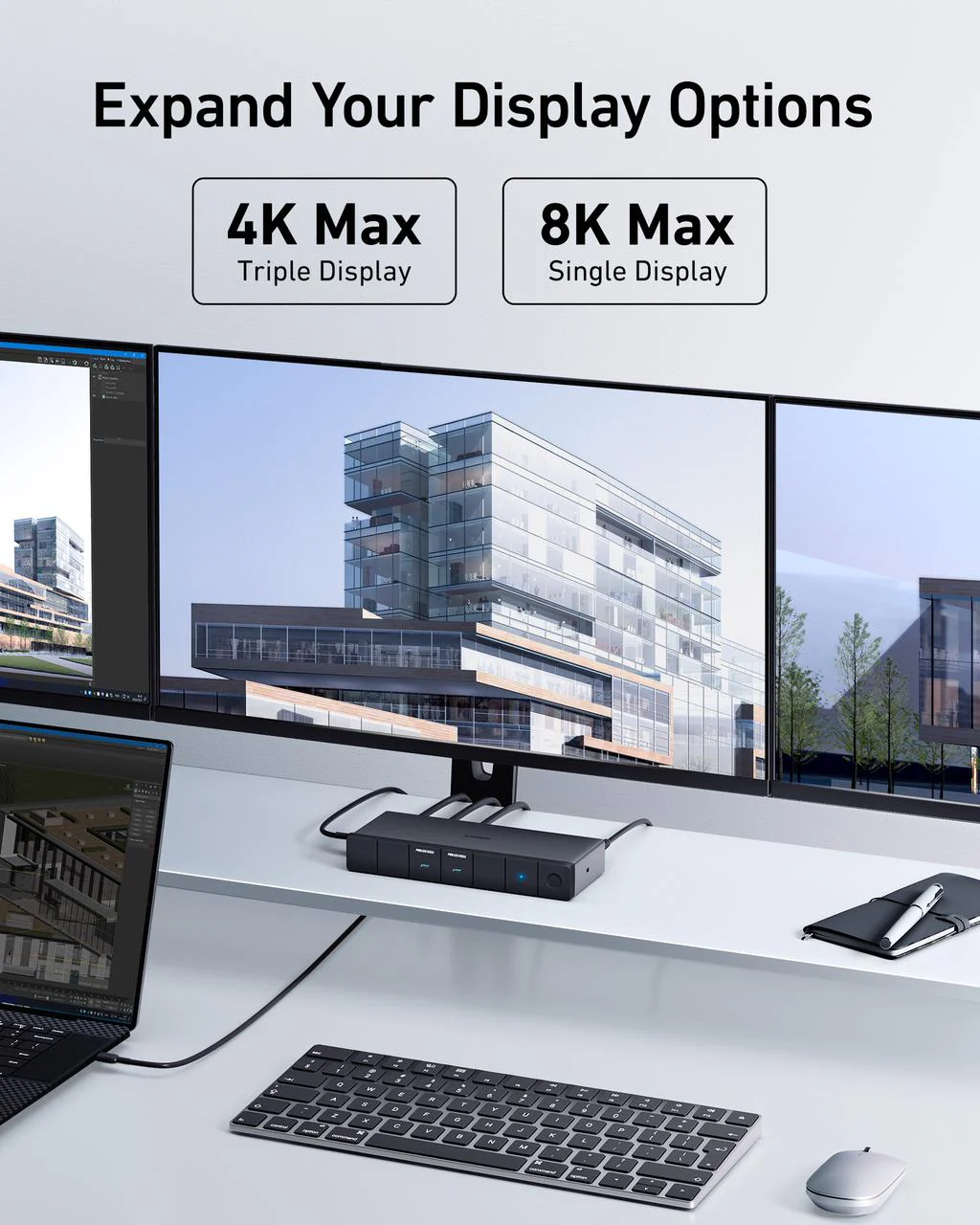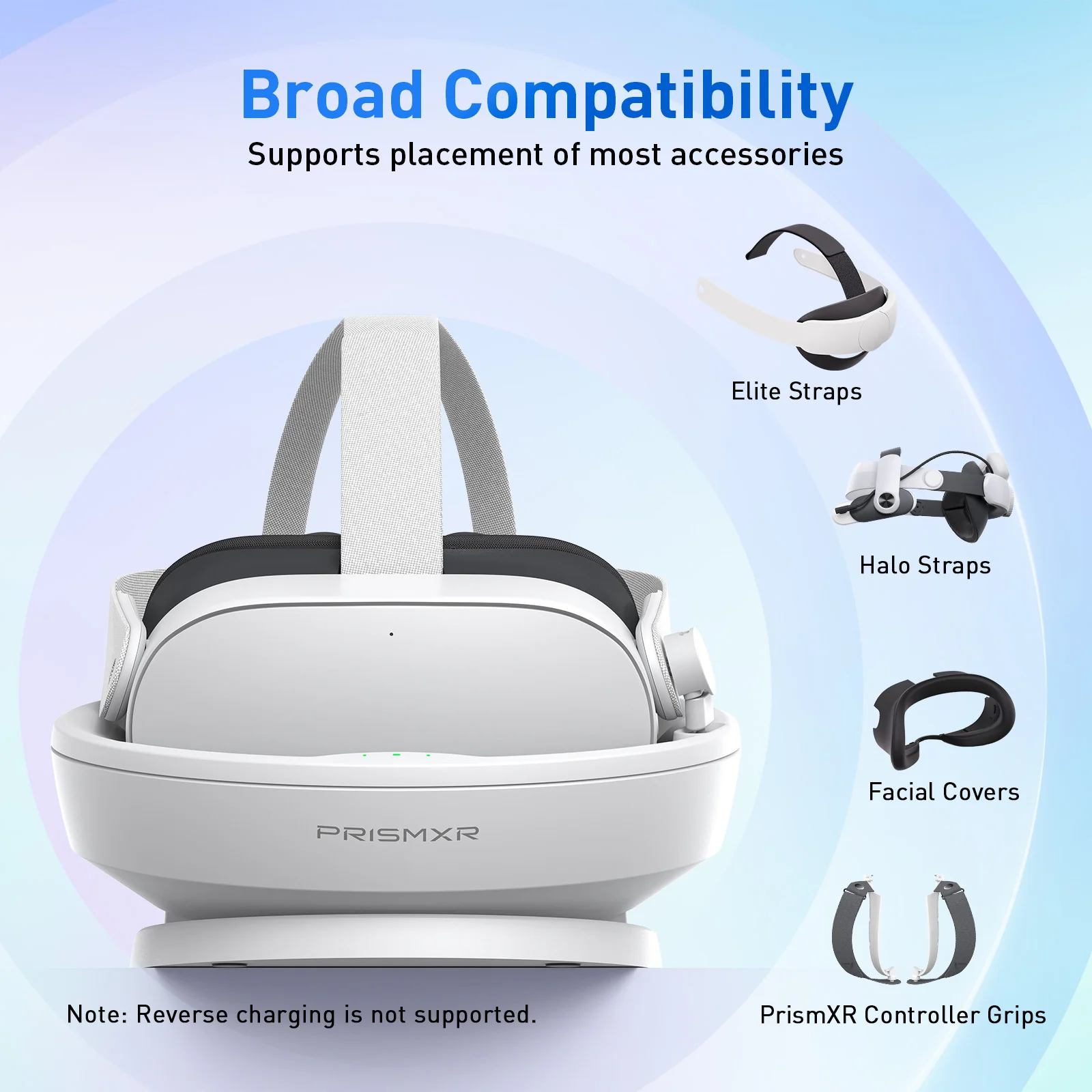Docking Stations: The Modern Solution for Productivity and Connectivity

Today’s digital world keeps moving faster, so being able to study, work, and create on the go is more important than ever. Laptops and tablets are the primary tools for both students and workers, yet the very thin design everyone loves comes with one downside: not many ports. That’s where docking stations come in. These handy pieces of tech turn a sleek laptop into a full desktop setup without the clutter, letting you enjoy desktop power wherever you normally pack up and leave.
What is a Docking Station and Why Does It Matter?
Think of a docking station as a port booster for your laptop. With one tidy hub, you get extra ports for adding wide monitors, USB drives, full-sized keyboards, and fast internet plus whatever else you need. Instead of fumbling with a dozen cables after every class or call, you leave all your gear connected to the dock and plug in one single cable when it’s time to work. Unplugging is just as fast, so the station gets you into “focus” mode with almost zero setup time.
At first, moving to full-time online grad work felt freeing until I saw the limited ports on my laptop. I kept juggling plugs: the external drive for my lit review, a monitor to view PDFs side-by-side, and a webcam for my Friday seminars. I spent more time hunting for the right cable than writing my thesis. Buying a docking station was a small move that transformed my entire study setup into a full-fledged command center. I just plug in one cable and my desk was ready, all while the laptop still folded up for the couch work zone.
Why Docking Stations Are A Grad Must-Have
These gadgets aren’t just full-time engineers’ toys anymore. They’re now the unsung sidekick for students, and here’s why.
Speedier Multitasking: Want to open your annotated manuscript on one screen and its bibliography on the other? Dual monitors are one click away. That extra real estate cuts the time it takes to cross-reference data, proof PDFs, or update slides dramatically. You’ll score that bag of virtual stickers without the midday multitasking headache.
Decluttered Focus: Grad life moves fast. You don’t want to waste ten minutes untangling a web of cords. My docking station routes everything—printer, keyboard, and even a headset—through a single thunderbolt plug. I plug that in and voilà—one neat desk, zero cable waves, and the mental bandwidth to critique data, not dust bunnies.
Another big plus is that lots of newer docking stations let you charge your laptop while you use other devices. They come with Power Delivery, so you can plug in a single USB-C cable and keep your laptop powered during marathon study nights or back-to-back Zoom calls. Knowing you’ve got plenty of juice is a nice relief, and you can leave that bulky charger behind.
Types of Docking Stations Available
Not every docking station is created equal, and the best one for you depends on how you work or study.
Compact USB-C docking stations are small, light, and perfect for the on-the-go learner. They plug into the laptop’s USB-C port and add a few extra USB-A, HDMI, or SD card slots—just the essentials. You can toss one in your backpack and move between the library, the cafe, or your living room without the extra weight.
Thunderbolt docking stations, on the other hand, are made for super-power users, like video editors, designers, or researchers with huge data files. They use a Thunderbolt connection to provide blazing-fast data transfer, let you run multiple 4K monitors, and push more power to your laptop. If your work is data-hungry, a Thunderbolt hub can almost replace a full desktop setup with a single cord.
Universal docking stations work with both Windows and macOS. If your school or office gets brand-new laptops every year or your co-workers use a mix of devices, a universal dock can keep everyone on the same page. You won’t have to worry about compatibility headaches, making setup that much faster at any hot desk or classroom.
Docking Stations in School and Work Life
Students and workers alike are realizing that docking stations are at least as helpful as an extra shot of espresso. Picture marathon study sessions for finals: dozens of PDFs, lecture slides, and online quizzes all open. Dock that laptop to a big monitor, and suddenly you can see everything at once instead of playing “Guess What’s Hidden Behind the Zoom Window.”
In my day job as a freelance writer and researcher, I bounce between articles, style guides, and citation managers within the same hour. One cable to the dock boosts my monitor and connects a keyboard, mouse, printer, and external drive. Now my digital workspace is as big as the physical pile of papers beside me, and I can drag and drop without mouse gymnastics.
Docking Stations or Simple USB Hubs?
Some folks wonder if a plain USB hub can pull the same grade as a docking station. A hub sure does add extra USB ports, but it usually skips key homework—no power delivery, shaky video output, or the speedy data transfers that let big PDF jumps finish in seconds. Think of it as upgrading your school lunch to a full buffet, and you’ll see why the dock is the smarter buy.
I learned this the hard way when I grabbed a budget USB hub for my laptop. During a key online seminar, the HDMI cut out, leaving me scrambling. A quick swap to a dedicated docking station fixed the problem for good, delivering a crystal-clear picture every single time.
Future of Docking Stations
As laptop makers keep prioritizing thin designs, the number of ports on computers keeps shrinking. That’s why docking stations are no longer a luxury; they’re a necessity. The next generation will be even slimmer, thanks to tech like GaN (Gallium Nitride), which packs a ton of power into a small footprint without heating up. Expect lightweight docks that fit anywhere and deliver full speed.
Remote meetings and online classes are here to stay, and that’s a booster for docks. Students, professionals, and anyone juggling Zoom calls and study sessions want big monitors and quick plug-in accessories. As we all add dual displays and keyboards no one wants to unplug every time the laptop packs up. Reliability will be the main selling point.
Conclusion
Docking stations are now must-have gadgets for anyone who wants to work smarter. They beat one of the biggest laptop downsides—too few ports—by adding multiple reliable connections. Plus, they deliver quick data transfers, dual displays, and charging all at the same time, making the laptop feel like a full desktop.
Since I started using a docking station, my laptop has gone from being a portable tool to the heart of a full workstation. In my opinion, every student, remote worker, and digital creator should consider this upgrade. It’s more than a nice-to-have; it’s a smart investment in getting the most from your time.
Whenever I sit down to pound out a research paper, join a virtual class, or iron out the details of a client gig, the docking station handles it all. I plug in, and the monitor lights up, the keyboard and mouse respond, and every last cable I own has a home. I’m immediately in a tidy, prepared setup, freeing my mind to focus on the work, not the wires.




